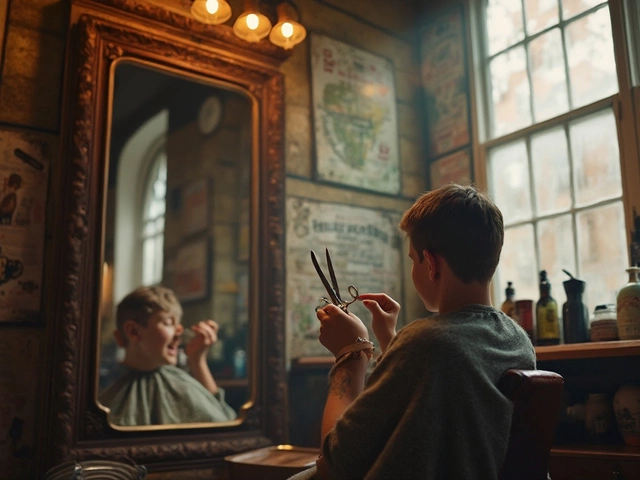Essential Skills for Hairdressing – What Every Aspiring Stylist Needs to Know
Thinking about a career behind the chair? You don’t need a magic wand, just the right set of skills. Below you’ll find the everyday abilities that turn a hobby into a paid gig and help you survive the hustle of a busy salon.
Core Salon Skills
Cutting basics. Learning how to hold scissors, follow the grain of the hair, and create basic shapes is the first step. Practice with mannequin heads, then move to live models when you feel steady. Focus on one technique at a time – a blunt cut, layering, or texturising – instead of trying to master everything in one go.
Colour theory. Knowing how primary colours mix to create a palette for highlights, balayage, or full heads is crucial. Start with simple semi‑permanent dyes before tackling permanent colour. Remember the rule: lightening makes hair lift, darkening adds depth. Always do a strand test to avoid surprises.
Styling tools. Master the dryer, flat iron, and curling wand. Each tool has a temperature range that works best for different hair types. Too hot and you risk damage; too low and the style won’t hold. Practice on short sections, then expand to full‑head styling.
People Skills That Keep Clients Coming Back
Consultation. A quick chat before you start can save you a lot of work. Ask about the client’s lifestyle, desired look, and any previous chemical treatments. Write down the key points – this shows you listen and helps you recreate the style later.
Communication. Explain each step in plain language. When you say, “I’ll be using a lightener that may cause a slight tingling,” the client knows what to expect and feels more relaxed.
Sanitation. Clean tools, fresh towels, and a tidy workstation aren’t optional. Follow the UK salon safety guidelines – disinfect scissors, wash hands between clients, and replace caps regularly. A clean salon builds trust.
Basic math. You’ll need to calculate product ratios, weigh out colour mixes, and estimate time for each service. A quick mental check – “If I need 30 ml of developer for a 45 ml colour mix, that’s a 2:1 ratio” – keeps you from guessing and saves money.
Business sense. Even if you work for someone else, knowing how appointments are booked, how to upsell a treatment, and how to handle a complaint helps you stand out. A simple tip: always suggest a finishing product that matches the style you created.
Put these skills together, and you’ll have a solid foundation for a hairdressing career. Start with one area, practice daily, and add another skill as you grow confident. The salon world moves fast, but mastering the basics lets you keep up and eventually innovate.
Ready to level up? Look for a local course that covers cutting, colour, and client care in one package. The right training will give you hands‑on practice, feedback from experienced stylists, and a certificate that tells employers you’re serious.
Remember, the best hairdressers keep learning. Trends change, new products launch, and clients always want fresh ideas. Keep a notebook, watch tutorial videos, and never stop asking questions. Your skill set will grow, and so will your career.




